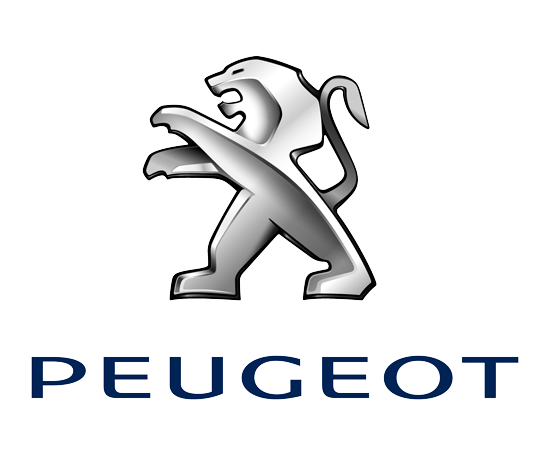Humans have always sought to recognize, use and alter the resources within our ecosystem. Early potters noticed wonderful glazes to embellish and preserve their wares. Herdsmen, brewers and vintners chosen fermentation techniques in order to make cheese, beer and wine. Housewives leached the lye from wooden ash to produce soap. Smiths realized to mix copper and tin to help make bronze. Crafters discovered to produce glass; leatherworkers tanned hides.
In Europe, the research of chemistry was carried out by alchemists with all the ambitions of remodeling normal metals into gold or silver and inventing a chemical elixir that might extend lifespan. Despite the fact that these pursuits have been in no way attained, there have been some crucial discoveries designed with the endeavor.
Robert Boyle(1627-1691) researched the conduct of gases and found the inverse partnership between quantity and tension of the gasoline. He also said that ?all truth and alter may very well be described in terms of elementary particles as well as their movement,? an early idea of atomic theory. In 1661, he wrote the first chemistry textbook, ?The Sceptical Cymist,? which moved the research of gear away from mystical associations with alchemy and towards scientific investigation.
By the 1700s, the Age of Enlightenment experienced taken root around Europe. Joseph Priestley (1733-1804) disproved the idea that air was an indivisible ingredient. He confirmed that it was, alternatively, a combination of gases when he isolated oxygen and went on to discover seven other discreet gases. Jacques Charlescontinued Boyles? do the job and is recognized for stating the direct in text citation apa paraphrase relationship between temperature and strain of gases. In 1794, Joseph Proust researched pure chemical compounds and mentioned the Legislation of Definite Proportions ? a chemical compound will at all times have its individual attribute ratio of elemental components. Drinking water, for illustration, usually contains a http://www.bu.edu/ipr/ two-to-one ratio of hydrogen to oxygen.
Antoine Lavoisier (1743-1794) was a French chemist who manufactured fundamental contributions on the science. Even when performing like a tax collector, Lavoisier aided to cultivate the metric system to insure uniform weights and steps. He was admitted to your French Academy of Sciences in 1768. Two several years afterwards, at age 28, he married the 13-year-old daughter of a colleague. Marie-Anne Lavoisier is thought to obtain assisted her partner in his scientific scientific studies by translating English papers and accomplishing numerous drawings for example his experiments.Lavoisier?s insistence on meticulous measurement triggered his discovery belonging to the Legislation of Conservation of Mass. In 1787, Lavoisier revealed “Methods of Chemical Nomenclature,” which included the foundations for naming chemical compounds that will be even now in use nowadays. His “Elementary Treatise of Chemistry” (1789) was the first present day chemistry textbook. It plainly outlined a chemical aspect being a material that can’t be reduced in excess weight by a chemical reaction and listed oxygen, iron, carbon, sulfur and roughly https://www.paraphraseservices.com/ 30 other aspects then recognized to exist. The book did have got a couple mistakes nevertheless; it detailed light-weight and warmth as factors.Amedeo Avogadro (1776-1856) was an Italian attorney who began to examine science and mathematics in 1800. Growing for the get the job done of Boyle and Charles, he clarified the difference relating to atoms and molecules. He went on to point out that equal volumes of gasoline on the similar temperature and tension have the very same amount of molecules. The volume of molecules inside of a 1-gram molecular excess weight (one mole) sample of the pure substance is called Avogadro?s Steady in his honor.


















